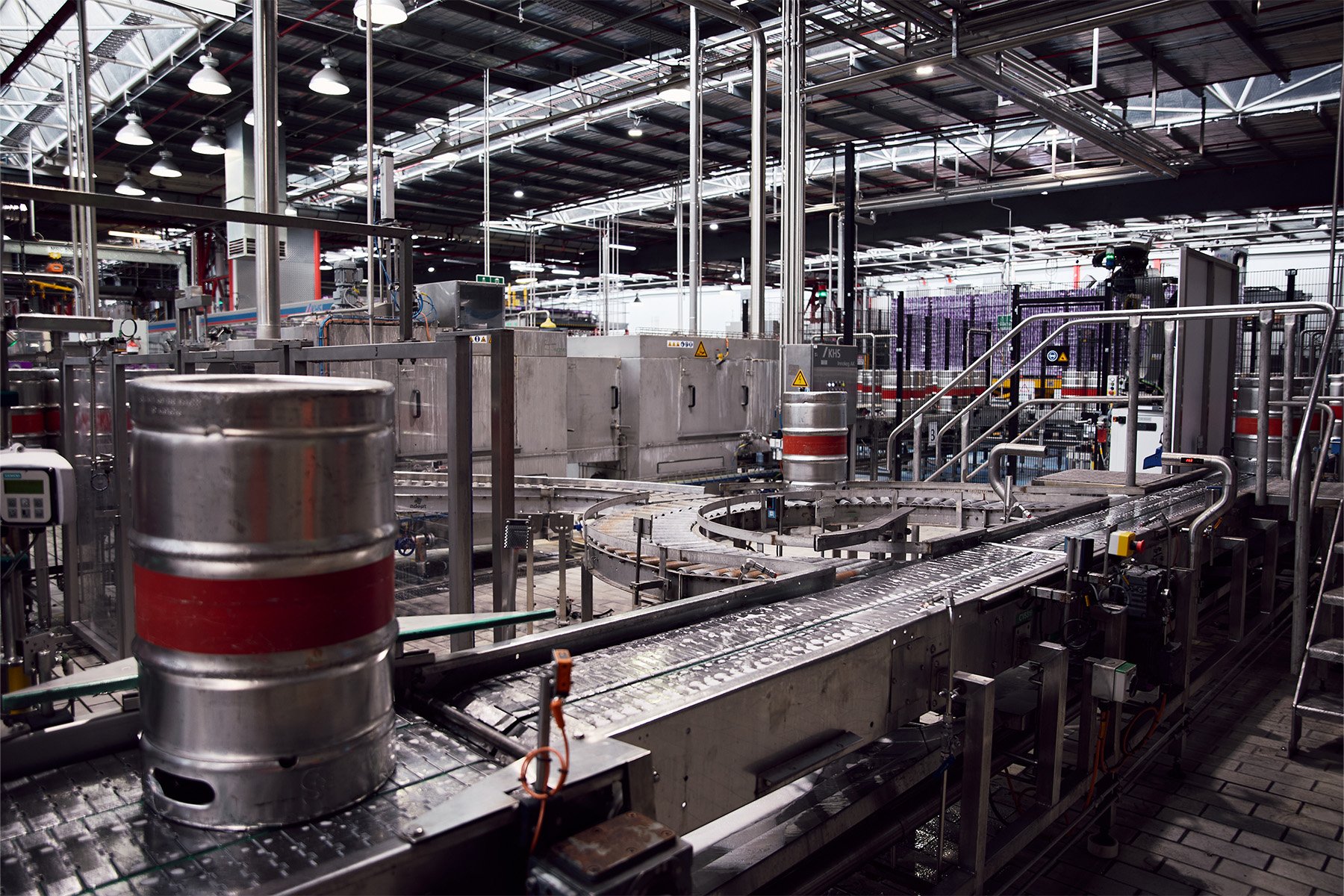IIn a previous blog post we outlined the 5 key benefits of computer-integrated manufacturing and introduced the concept of the Integrated Manufacturing Operations Centre (IMOC).
Now we present four reasons why IMOCs are a natural progression for the sector as Industry 4.0 technologies pave the way for greater connectivity and data processing.
Case 1: Manufacturing is capturing and connecting more and more data
Manufacturing has always been atomistic rather than holistic in its approach to production. After all, the sheer variety of data standards that need to be processed, along with vastly different equipment, production variables, software systems and data collecting tools have rendered an idea like a centralised operations centre as… well, it’s not common practice yet. But slowly the industry has changed. Disparate data, operations technologies and information technologies can now be integrated safely and responsibly to improve shop floor and company-wide production.
Case 2: Diversified, geographically dispersed operations are the norm
Industry mergers and acquisitions have seen companies in sub-sectors such as food and beverage, diversify from offering one product to a range of products in different food categories, across broad geographical areas. Plus, this sector has to be diverse and responsive to consumer trends. It wouldn’t be uncommon for a Victorian milk bottler to operate a canned vegetable factory in New South Wales and another few in Italy.
Diversification is the unexceptional norm; Some operate bakeries, meat and wheat processing facilities, while others specialize in ready-made meals, potato chips and canned tuna. This brings a set of challenges in driving efficiencies throughout each plant’s vastly different processes.
An IMOC that monitors a set of plants will amplify any benefits gained through integration at plant level. Here, baseline information across multiple plants can be compared for similar processes even if the products are completely different.
In addition, machine learning and advanced analytics are able to identify improvement opportunities through “finding patterns and making predictions from data based on work in multivariate statistics, data mining, pattern recognition, and advanced/predictive analytics”. Advanced analysis might make suggestions to improve the efficiency of a canning line based on factors observed at a bakery plant. While these are different operations, the same principles can apply to both.
Case 3: Promotes collaborative decision-making

A connected MES – no matter how powerful -- is not an IMOC. An MES used by 50 different people in the business will still promote decision-making in isolation. This is the point-of-difference: an IMOC supports collaborative decision-making based on information from a variety of sources. How? People in a central ‘control room’ can monitor the way a plant or multiple remote plants are operating. In doing so, they become co-responsible for reacting to unexpected events, optimizing production, making business-wide decisions, planning change centrally, and identifying opportunities for improvement; all based on data coming in.
Case 4: dedicated team to bolster improvement programs
“It’s not enough to get the data out of your connected systems. You have to know what to do with that information, and your company will likely face a culture shift as it makes its way along the path of continuous improvement.”– Automation World
This quote sums it up – having the data doesn’t give direction, or make change. A multi-skilled team who’ll take ownership of company data and processes, from machine to executive level, will be more likely to harness this information to effect positive change. Of course, any change management program must involve all levels of staff. Departmental representation in a centralised operations centre will go towards achieving success with any integration project.
An IMOC could include the co-location of production staff, IT and technical support, maintenance, quality and management staff. Depending on the business, this operations team could give floor managers reign over day to day production, while the operations team focus on data analysis for continuous improvement and future planning.
What does integration look like? We highlight this and more in our free cheat sheet for understanding the opportunities and risks of IT and OT integration.





